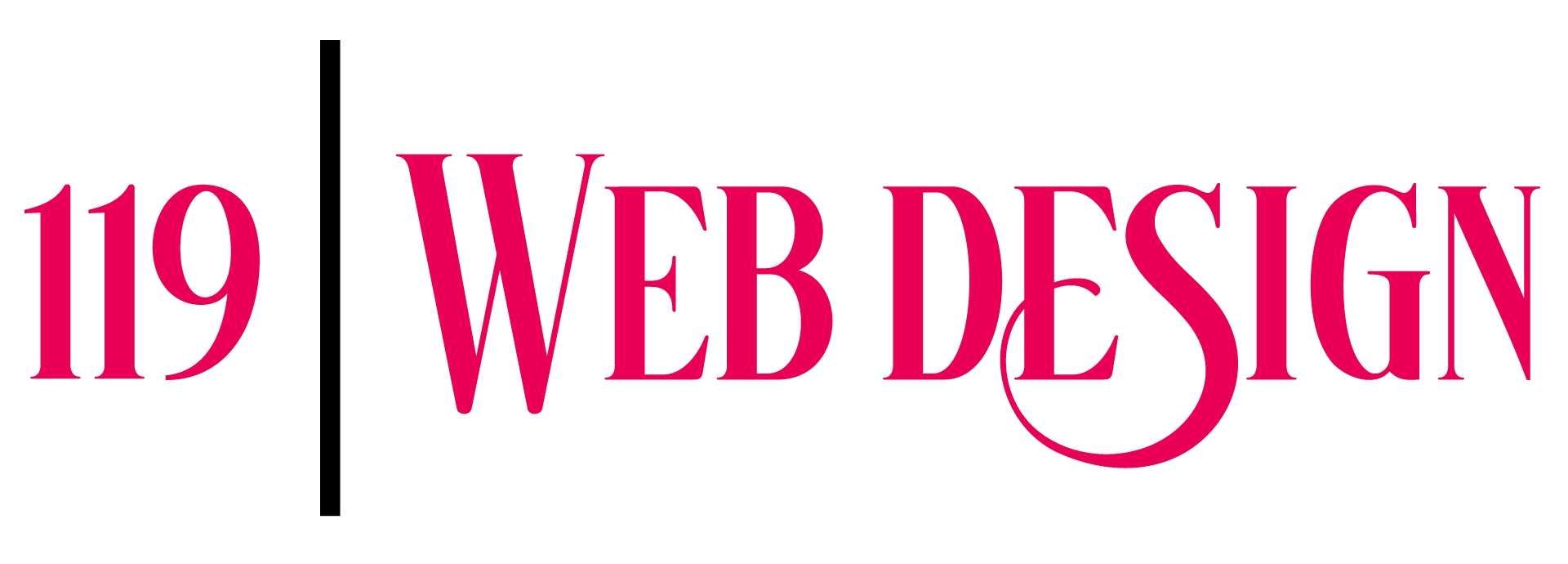Creating a visually appealing and functionally sound website often hinges on the right layout strategy. Among the many design approaches, website grid layouts have emerged as a popular choice for developers and designers seeking to balance form and functionality. Whether you’re working on a responsive design or aiming to organize content efficiently, mastering the art of grid layouts can significantly enhance your creative process. In this guide, we’ll delve into the ins and outs of website grid layouts, exploring everything from the 12-column grid rule to custom designs, ensuring you’re equipped with practical tips and insights to craft stunning web designs. By understanding the nuances of grid systems, you’ll learn how to create layouts that not only look great but also cater to user experience and content organization needs. Let’s embark on a journey to uncover the secrets behind effective website grid layouts and how they can transform your web design projects.
Key Takeaways
– Grid layouts are essential for creating structured and visually appealing websites, enabling seamless integration of text, images, and other elements.
– Four primary grid types—Manuscript, Column, Modular, and Hierarchical—each serve unique purposes in design, from artistic textures to organized structures.
– Column Grids dominate web and print design due to their ability to create clean, readable layouts with consistent alignment and spacing.
– Modular Grids offer flexibility, allowing for customizable designs, while Hierarchical Grids establish clear visual hierarchies.
– Column Grids are popular for their flexibility and efficiency, adapting to varying content lengths and simplifying layout adjustments.
– They are widely applied in web design, print media, and marketing materials, ensuring versatile and professional layouts.

What is the 12 Column Grid Rule?
The 12-column grid rule is a popular UI-UX design guideline that organizes digital interfaces into 12 equal-width vertical columns. This system provides a flexible framework for creating layouts that are both visually consistent and easily adjustable for different screen sizes. The columns can be combined in various ways to accommodate diverse content arrangements.
Key features of the 12-column grid system include:
- Equal width columns that allow for precise control over spacing and alignment.
- Modular flexibility enabling combinations like 2+2+3+5 or 1+3+8 columns for different design needs.
- Scalability across devices, making it ideal for responsive design implementations.
Advantages of using the 12-column grid system:
- Consistent horizontal spacing between elements, ensuring a professional look.
- Easy alignment of content elements, whether they are text, buttons, or images.
- Simple resizing and reflowing of content for different screen resolutions.
This grid system is widely used in web design, mobile apps, and other interactive platforms due to its versatility and ease of implementation. Common applications include navigation bars, forms, and content-rich pages where consistent spacing and alignment are crucial.
What is the 12-8-4 Grid System?
The 12-8-4 grid system is a design framework used in web design and user interface (UI) layout to create responsive and adaptable layouts. It is specifically utilized in the Malaysia Government Design System (MYDS), which provides a standardized approach for designing digital interfaces.
This grid system is characterized by three primary components:
- 12 Columns : The main layout typically consists of 12 columns, allowing for a high degree of flexibility and modular design. This setup enables content to be arranged in various configurations, ensuring visual balance and alignment across different screen sizes.
- 8 Columns : On medium-sized screens, the layout often reduces to 8 columns, optimizing the display for slightly smaller devices while maintaining readability and structure.
- 4 Columns : For smaller screens, such as mobile devices, the layout further simplifies to 4 columns, ensuring that content remains legible and visually appealing without overwhelming the user.
The 12-8-4 grid system is particularly useful for creating responsive designs, as it allows developers and designers to adapt layouts seamlessly across different devices. By adjusting the number of columns based on screen size, the system ensures that content remains consistently aligned and visually balanced, enhancing overall user experience.
This design approach is part of a broader set of guidelines and components within the MYDS framework, emphasizing consistency, accessibility, and usability in digital interfaces.

Guidelines for Web Design Grids
Web design grids are a fundamental aspect of creating structured, visually appealing, and user-friendly layouts. Below are key guidelines to follow when using grids in web design:
- Rule of Thirds : Divide the page into a 9-section grid using two vertical and two horizontal lines. Place the most important content in the central sections to draw attention naturally.
- Consistency : Maintain uniform column widths and spacing throughout the design to create a cohesive look. Use CSS Grid or Flexbox for precise control.
- Responsive Design : Ensure grids adapt to different screen sizes by using responsive design techniques. Consider mobile-first or flexible layouts.
- Content Prioritization : Highlight primary content in the center or key thirds of the grid. Use sidebars or callout boxes for supplementary information.
- Visual Hierarchy : Use grid lines to create visual separation between sections. Apply contrasting borders or colors to draw attention to specific areas.
- Content Distribution : Balance text, images, and other elements within the grid to avoid overwhelming the user with too much visual information in one area.
- Performance Optimization : Optimize images and other media within the grid for fast loading times. Consider using lazy loading for background images.
- Accessibility : Ensure grids are navigable via keyboard and screen readers. Use semantic HTML and proper ARIA labels when possible.
- Best Practices : Regularly update the grid design to reflect changes in content or user needs. Use modern web design tools and frameworks to streamline the process.

Types of Grids in Design
There are four primary types of grids used in design, each serving distinct purposes and contributing to various design layouts:
- Manuscript Grid
- The manuscript grid is characterized by irregular spacing and alignment, mimicking the look of hand-written text. It is often used in creative fields like typography and calligraphy to emphasize texture and imperfection.
- Example: Hand-drawn lettering or artistic designs where asymmetry is intentional.
-
Column Grid
- The column grid consists of evenly spaced vertical columns, creating a structured and organized layout. It is commonly used in print media and digital interfaces for a clean, readable format.
- Example: A newspaper layout or a responsive website design with consistent sidebars and sections.
-
Modular Grid
- The modular grid is based on repeating modules or units, offering flexibility in design. It allows for customization by adjusting the size and arrangement of these modules, making it ideal for dynamic designs.
- Example: Modern web designs or branding materials where sections can be easily rearranged or resized.
-
Hierarchical Grid
- A hierarchical grid emphasizes a pyramidal structure, with larger sections at the top and smaller ones towards the bottom. It is often used in informational hierarchies, such as navigation menus or infographics.
- Example: A menu hierarchy or a dashboard interface guiding users through primary actions and submenus.
Each grid type plays a crucial role in shaping the visual structure of designs, from print collateral to digital interfaces. Understanding these grids helps designers create cohesive and visually appealing layouts tailored to their specific needs.
Most Common Grid System
The most common grid system used in web and graphic design is the Column Grid . This system involves organizing content into vertical columns, allowing for efficient alignment and spacing of elements within a layout.
How Column Grid Works
- Definition : A page is divided into multiple vertical sections (columns), each of which can hold text, images, or other design elements.
- Functionality : This approach allows for easy alignment of objects within each column, making it ideal for publications like newspapers and magazines where consistent formatting is essential.
Why Column Grid is Popular
- Flexibility : Column grids can adapt to varying content lengths, ensuring optimal use of available space.
- Efficiency : Designers can quickly adjust column widths and positions to accommodate different types of content.
Application Examples
- Print Media : Widely used in newspapers, magazines, and brochures.
- Web Design : Applied in website layouts, blog templates, and responsive designs.
- Marketing Materials : Utilized in flyers, posters, and promotional handouts.
Tools and Software
Designers often employ tools like Adobe InDesign, Canva, or free options like GIMP to create and manage column grids efficiently.
While other systems like Grid Layout and Flexbox have gained popularity, the Column Grid remains the most widely adopted due to its simplicity and versatility.
By understanding and effectively applying the Column Grid system, designers can create visually appealing and functional layouts tailored to their specific needs.

What Are the 3 Components of the Grid?
The electricity grid consists of three primary components that work together to deliver electricity from production sources to consumers:
- Generation :
This is the first step where electricity is produced. Power plants, such as coal-fired stations, hydroelectric dams, wind farms, and solar panels, generate electricity. These facilities convert energy sources like coal, water, wind, or sunlight into electricity through various processes. - Transmission :
Once generated, electricity needs to be transported over long distances to where it is needed. This is done through a network of power lines, cables, and sometimes underground pipes. Transmission systems allow the movement of electricity from generation sources to distribution centers, often spanning hundreds or thousands of miles. - Distribution :
Electricity reaches consumers through a distribution network. Distribution lines, which include overhead power lines and underground cables, deliver electricity directly to homes and businesses. Distribution systems include components like substations, transformers, and circuit breakers to regulate voltage levels and ensure reliable delivery.
These three components form a interconnected system that ensures a stable supply of electricity nationwide.




0 Comments